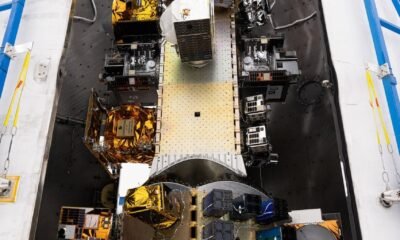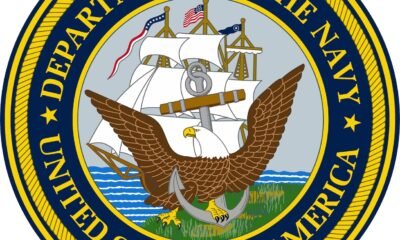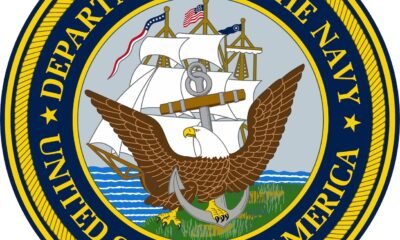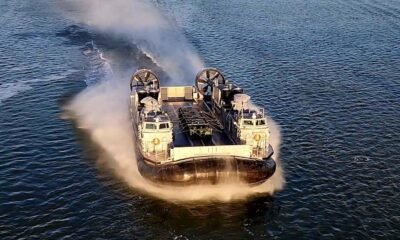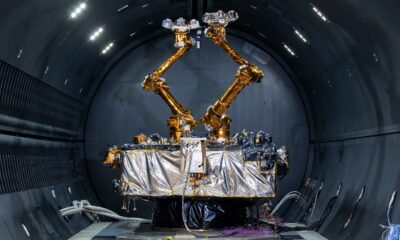Naval
NRL’s LARADO Instrument Ready to Tackle Deadly Space Debris on STP Satellite
The U.S. Naval Research Laboratory (NRL) has successfully integrated and tested its Lightsheet Anomaly Resolution and Debris Observation (LARADO) instrument aboard the Space Test Program Satellite 7 (STPSat-7). This critical milestone occurred at the NASA Johnson Space Center in Houston, Texas, on July 17, 2024.
LARADO represents a significant advancement in space-based instruments, utilizing satellite and laser technology to detect and characterize non-trackable orbital debris. These debris objects, varying from a few centimeters to over a millimeter in size, are challenging to track from the ground yet present considerable hazards to operational satellites.
“Understanding the population of this debris is critical to ensuring the safety of spacecraft, both manned and unmanned,” commented Andrew Nicholas, Head of NRL’s Sensor Development & Applications Section. “The data collected by LARADO will be instrumental in updating NASA’s orbital debris models, enhancing our comprehension of small debris populations.”
To function, LARADO emits laser light focused through a Powell lens, dispersing photons to create a lightsheet above the satellite. When debris passes through this lightsheet, the scattered photons cause a detectable flash, indicating the object’s presence and trajectory.
The instrument arrived at the Space Test Program (STP) site in Houston on July 12, 2024. NRL researchers, including Andrew Nicholas, Theodore Finne, and Joshua Wolf, performed post-shipment inspections and functional tests. “Following inspection and installation, further tests will verify LARADO’s functionality,” Nicholas added.
LARADO’s funding and management come from the Heliophysics Division Space Weather Program’s Orbital Debris and Space Situational Awareness portfolio within NASA’s Science Mission Directorate. After completing integration and testing in Houston, the spacecraft will undergo environmental testing at another location.
The spacecraft is scheduled to launch in September 2025, aboard a Department of Defense (DOD) STP-sponsored Minotaur IV vehicle from Vandenberg Space Force Base. NRL’s Space Science Division continues to play a pivotal role in space research, encompassing solar-terrestrial physics, astrophysics, and atmospheric science, which are vital for orbital tracking, radio communications, and navigation.
About the U.S. Naval Research Laboratory: NRL is dedicated to research and innovation for the U.S. Navy and Marine Corps, spanning from the seafloor to space. Headquartered in Washington, D.C., NRL operates major sites in Mississippi, Florida, and California, employing approximately 3,000 civilian scientists, engineers, and support personnel.
For more information, contact NRL Corporate Communications at (202) 480-3746 or nrlpao@us.navy.mil.

